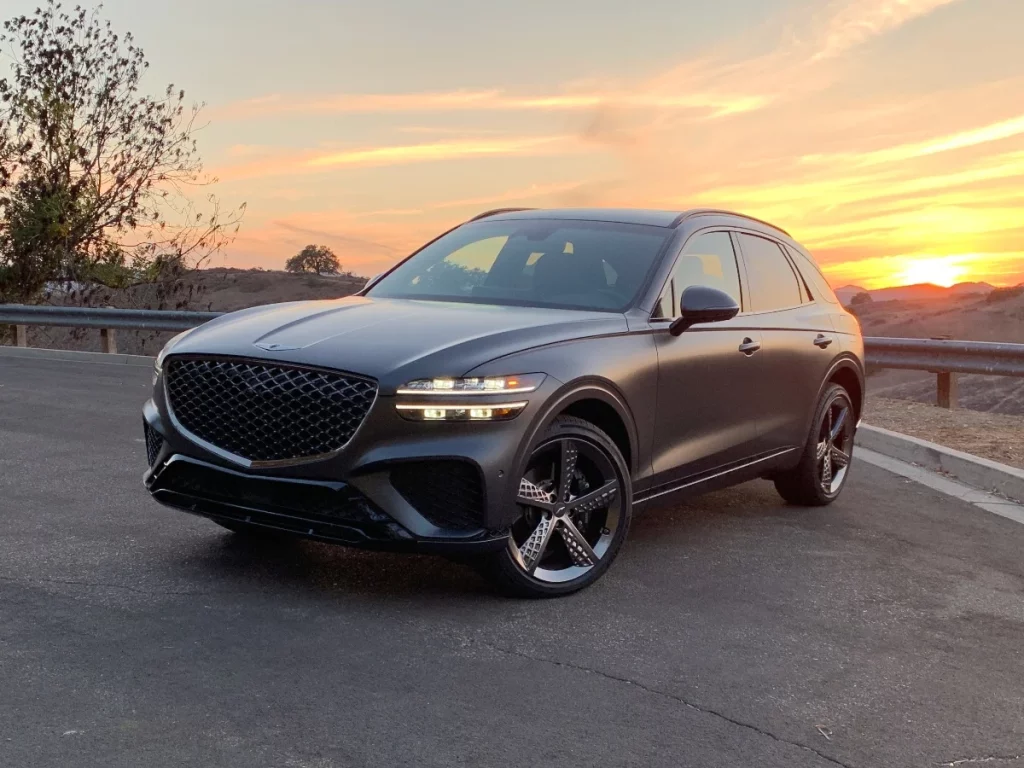
Although cities have been centers of culture, ideas and industry since the Neolithic revolution 12,000 years ago (!), the current city-centered world civilization is only a few hundred years old. In 1800, six percent of people lived in cities; even in 1970, only New York City and Tokyo were classified as “megacities” with populations greater than 10 million.
Fast forward to today: there are about 34 megacities on the planet, and the cities themselves, which cover only two percent of the Earth’s surface, are home to more than half of the world’s population. In addition, urban living is expected to increase to 68 percent in the next 30 years.
Moving to cities naturally means population density and concentrated traffic and traffic carbon dioxide emissions. For example, in the United States, transportation is the largest source of greenhouse gas emissions, and worldwide transportation remains a significant factor in inner cities.
But there is good news: with the help of smart urban planning, cities around the world are working to improve the quality of life of their residents and reduce carbon dioxide emissions at the same time. How? According to C40, a global network of cities committed to combating climate change, it will begin to prioritize “moving people into cars.”
For example, so-called “15-minute cities” and “whole neighborhoods” are two urban planning strategies that work on the same basic principle: they allow most residents to reach all their basic needs on foot or by bike. This reduces congestion and travel times, frees up space for footpaths and parks, and improves air quality – all of which improves people’s well-being and physical health. (Lockdowns caused by the COVID-19 pandemic have given us a sense of what city life might be like with less traffic.)
Although cities such as New York City, Paris and Copenhagen are already known for their human-friendly layout, these eight cities are taking a step towards a more sustainable way for residents to move around.
Bogota, Colombia Cycling Route
Population of the capital region: 10.7 million
Bogotá, Colombia, reduces its emissions in two main ways: by bus and by bicycle. TransMilenio, an impressive network of high-speed bus lines, opened in 2000. In 10 years, it reduced greenhouse gas emissions by about 40 percent, and today its 1,500 buses carry about 1.5 million passengers a day. The city is also known for its ciclovia – the regular conversion of streets into car-free bike lanes on Sunday mornings – and has the highest number of bike trips in Latin America.
However, traffic still causes almost half of Bogota’s greenhouse gas emissions. To further encourage cycling as a mode of transportation, Mayor Claudia López Hernández plans to permanently convert 84 kilometers (52 miles) of newly constructed road sections into bike lanes to help essential workers get around the city faster. Currently, these temporary routes connect directly to the city’s 550 km. This extensive network of bike lanes should help the city increase its already impressive seven percent of cycling to reach its ambitious 50 percent goal. For perspective, the average cycling rate in the US is around 1%.
Montreal, Canada’s active transportation network
Population of the capital region: 4.1 million
The Greater Montreal area already has about 3,000 kilometers (1,864 miles) of permanent bike paths and trails. In an effort to reopen the city after a months-long COVID-19 lockdown, authorities in June 2020 closed a handful of the city’s main roads to cars and other motorized traffic until fall 2020. This transit plan covers 327 kilometers (203 mi). is expected to encourage residents to engage in active travel by connecting cyclists to city parks, major commercial thoroughfares and existing cycling routes (such as the Express Bike Network). Many hope that these pandemic-inspired road changes will lead to the construction of permanent bike lanes in the future.







